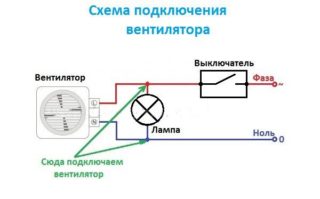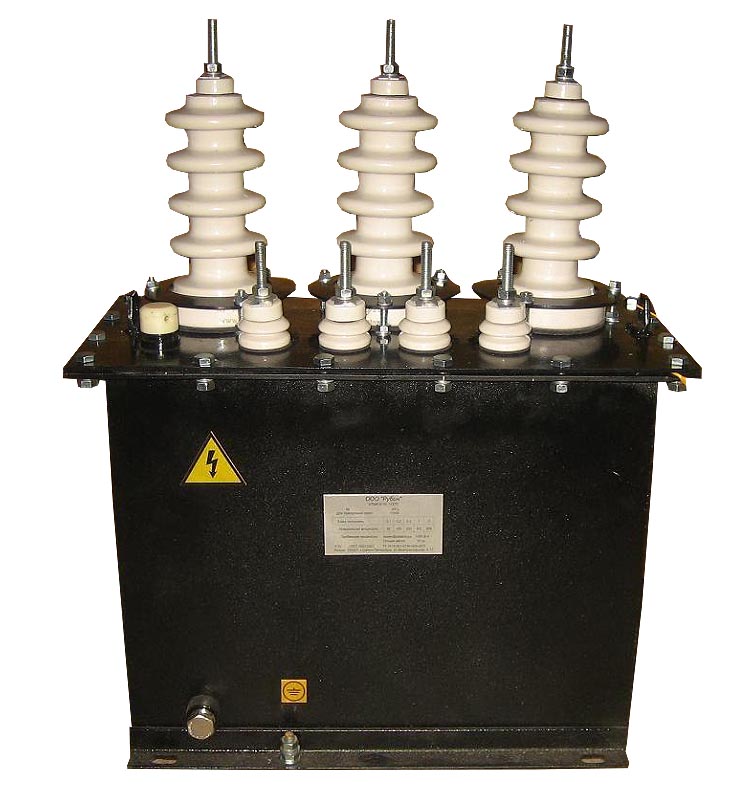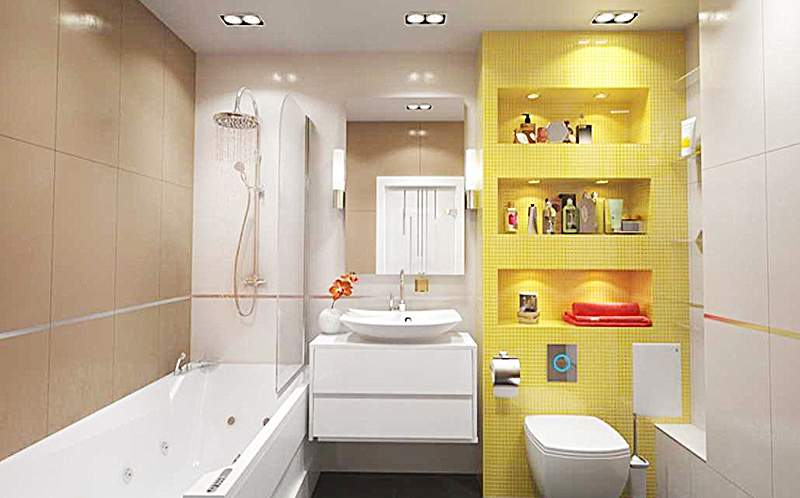The bathroom is the room with the most difficult climatic conditions in the house. High temperatures and humidity adversely affect finishes, wiring, and household appliances. It can also lead to the formation of mold, which adversely affects the health of all residents. Therefore, it is important to create a quality ventilation system in the room. If natural ventilation is not enough, an electric fan must be connected. This can be done independently without seeking help from a specialist.
Checking natural ventilation
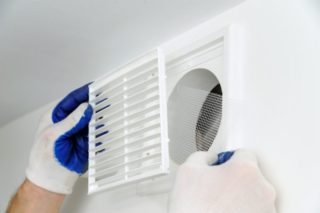
Before installing an electric fan, you should check the natural ventilation - the mine. Inside, there should be no obstacles to air circulation, as well as dust and dirt.
The candle test can be used to check if air is coming out of the bathroom. To do this, a lighted candle must be brought to the ventilation and check where the flame will be directed. It should deviate towards the shaft. In the absence of natural ventilation, you should contact the housing office. If it is not enough, additional ventilation systems are installed.
There are many types of fans. They differ in shape, size, manufacturer.
Fan types
The fans are classified according to the method of attachment, location, and capabilities.
By mounting method:
- invoices - placed at the entrance to the channel;
- ducted - installed inside the blower.
The former are used in apartments, the latter in private houses with an extensive network of blowers.
At the place of installation:
- wall-mounted for apartments;
- ceiling for houses in which ventilation goes into the attic.
Blade and bladeless models are also distinguished. Lobe are used most often in houses and apartments.
Fans may differ in their capabilities. You can buy a device with a timer, sensors, protective curtains, a check valve. The wider the functionality, the more expensive the device. The manufacturer also influences the cost.
Connection diagram
- from the lamp;
- via a separate key or two-key switch;
- via a timer or sensor.
The cheapest method is to connect the fan to a light switch. The cooler turns on simultaneously with the backlight and works as long as the light is on. The advantages include ease of implementation and low cost. The disadvantage is that the fan will work when not required (while taking a bath) and create a draft. You will also have to additionally ventilate the room.
The exhaust fan can be connected to a separate switch with a button. The circuit will be more complicated than connecting to lighting, and more expensive, but it is more convenient to operate. You can also connect to a double switch - one button is responsible for the fan, the other for the light. The disadvantage of this method is that there is a risk of forgetting about the cooler.
There is an active transition to process automation, so the fan can be connected via sensors and timers. With their help, you can set the time that the cooler will work after turning off the light. The circuit is similar in complexity to the connection to the switch. The wires are connected to the power supply and the luminaire. The fan works together with the luminaire, and turns off after a preprogrammed time. For airing, 30 minutes is enough.There are models that work after turning off the lighting after a predetermined time.
Fan installation
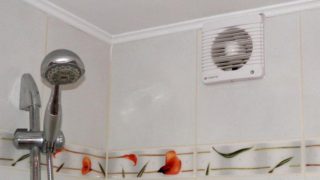
Before installing a bathroom electric fan, you need to make sure that several conditions will be met:
- the presence of a normally functioning ventilation channel;
- the presence of a gap under the door to the bathroom for air circulation;
- the fan must be selected correctly.
For the bathroom, preference should be given to waterproof models. The self-assembly process consists of the following steps:
- cable laying;
- preparation of the site for installation, expansion of the ventilation channel as needed;
- connecting the fan to the network through the fastening and switching components;
- installing a cooler in the ventilation channel;
- final finishing works - sealing voids with foam, putty.
Connecting the fan in the bathroom to a switch separate from the light:
- remove the front grill;
- connect the wires to the fan through the terminal blocks observing the markings (blue - zero, red, white, black - phase);
- fix the fan case in the hole in the wall;
- install a mesh on the fan.
Manufacturers have created all the conditions for easy fan connection. When removing the grille, the master will see the fastening and switching elements. You can connect the fan to the mains through the terminal block - it is important not to mix up the wires. You can fix the device on dowels, construction sealant or glue.
Ceiling installation
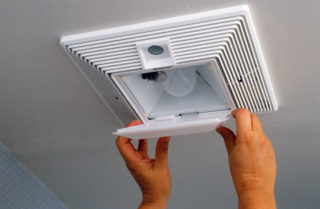
In some houses, the electric fan may be installed on the ceiling. In private houses, the ventilation duct is laid in the attic, therefore the ventilation system is also located there.
Installation on a suspended or suspended ceiling is more complicated. On the stretch ceiling, you will need to make a special stand, and the cooler can be screwed to the drywall using dowels. If the ceiling is already installed, dismantling will be required. In order not to dismantle the ceilings, you can use one of two methods:
- pulling wires through the hole, which will later need to be repaired;
- conduct the wiring along the ceiling and hide it with a cable channel.
It is quite difficult to carry out such an installation. The best option is to think over the ventilation system before repair work and prepare a place for installation in advance.
Possible errors
When connecting, the following errors are most often made:
- Installation of the switch inside the bathroom. According to the PUE, the installation of switches, sockets and other controls is prohibited in toilets and bathrooms.
- Inaccurate performance of work. During installation, there is a risk of damage to the cladding, which may require repeated repairs in the bathroom. It is important to carefully perform all the work, especially when fastening with self-tapping screws.
- Purchase of wires of the wrong cross-section for connection. According to safety regulations, the minimum cross-section is 0.75 mm2. Smaller cables cannot be used. For a more accurate calculation, there are tables that allow you to select the diameter depending on the current.
When using external sensors, and not initially built into the fan itself, you may encounter difficulties in operation. Sensors must have a high level of moisture and dust resistance. In addition, these devices can be classified as control devices, which are also forbidden to be placed in the bathroom according to the rules of the PUE.

